

P>
Johns Hopkins University (JHU) continues to pad its space community résumé with their interactive map, “The map of the observable Universe”, that takes viewers on a 13.7-billion-year-old tour of the cosmos from the present to the moments after the Big Bang. While JHU is responsible for creating the site, additional contributions were made by NASA, the European Space Agency, the National Science Foundation, and the Sloan Foundation.
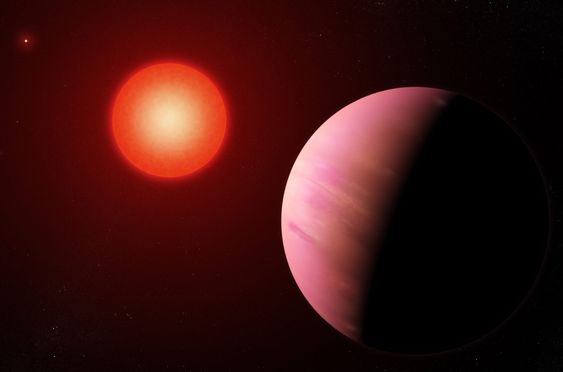
Artist's impression of the exoplanet K2-288Bb, which lies within its parent star's habitable zone, suggesting that this world may have liquid water on the surface. Credit: Francis Reddy/NASA's Goddard Space Flight Center
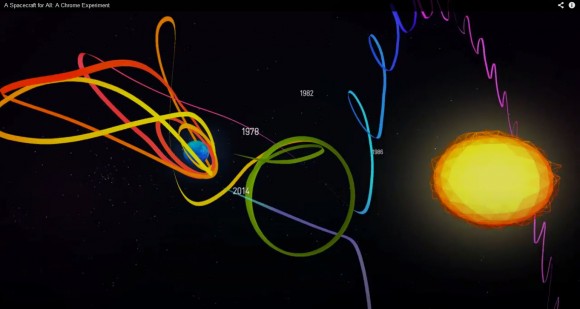
An illustration from the new Citizen Science web site �A Spacecraft for All�
showing the ISEE-3 trajectory around the Earth, Moon and Sun.
(Credits: Google Creative Labs, Skycorp Inc., Space Exploration Engineering)
The journey began on August 12, 1978 from Cape Canaveral on a Delta II launch vehicle.
Now after 36 years and 30 billions miles of travel around the Sun �
as well as a crowd-funded reboot of the spacecraft and a foiled attempt to put it into Earth orbit �
the ISEE-3 has completed a return visit to the Earth-Moon system.
This section for the "zoo" family of webpages.....
The original project Galaxy zoo to identify the shapes of galaxies
A slightly less ambitious project is
The Milky Way Project aims to sort
and measure our galaxy, the Milky Way.
Initially we're asking you to help us find and draw bubbles in beautiful infrared
data from the Spitzer Space Telescope.
And a complimentary site is... Moon Zoo.org
You can assist in finding... SUPERNOVAS!
And You can assist in finding Blog talk about planet hunting!!!!!
And here is planet hunter's Exo planets!!!
Here is Old weather.org
And another one... Solar Storm Watch!
And here for Merging galaxies!
Another one searching for super novas!
You can go with the Pluto Mission with.. ICE HUNTERS (for pluto!)
Here is ICE hunters demo!
And the science of ICE Hunters Science
AND A tutorial for ICE HUNTERS
How about Writing messages in Galaxies!
A new project is Sea floor explorer
Another one is Cyclone center
Yet another new one is Space Warps
Help the zoo to Explore mars!
The Home page of Planet four
Another new project is: disk detective find exo-planets!
This site for a distributive effort to classify Galaxies...
The Galaxy Zoo's FORUM
THe Galaxy Zoo's Blog
And Galaxy Zoo's General Information
This is Galaxy Zoo's list of LINKS
This is galaxy zoo's Cyclone center blog page
Another new zoo project Sun Spotter.org!
Yet another Zoo project the Asteroid zoo
Identify Identify craters on the moon
Finding undiscovered gravitional lenses
P>
P>
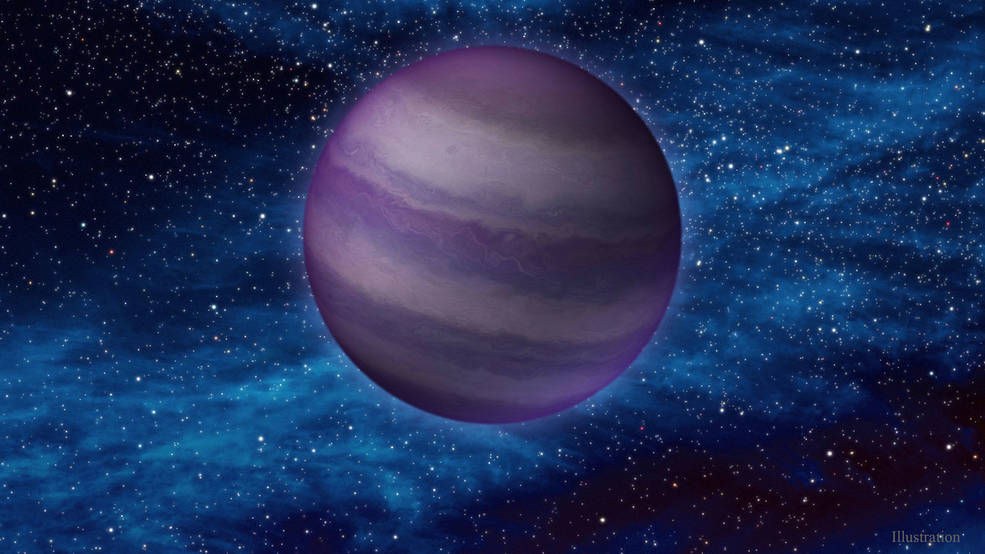
This artist’s illustration shows a dim, cold brown dwarf in space. Brown dwarfs form like stars, but do not have enough mass to ignite nuclear fusion in their cores – the process that causes stars to burn. As a result they share some physical characteristics with massive planets, like Jupiter. Credits: IPAC/Caltech
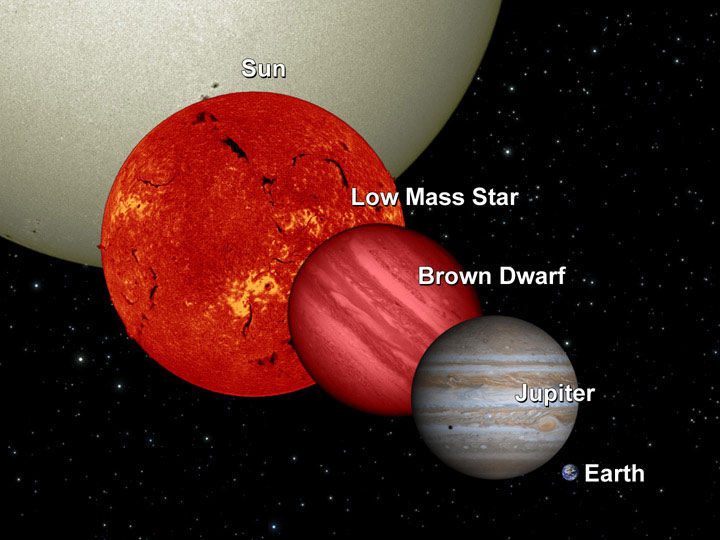
HR>
A comparison of the sizes of a low mass star, a brown dwarf, Jupiter and Earth. Credit: NASA.

NASA's Exoplanet Watch allows citizen scientists to participate in exoplanet research. Credit: NASA
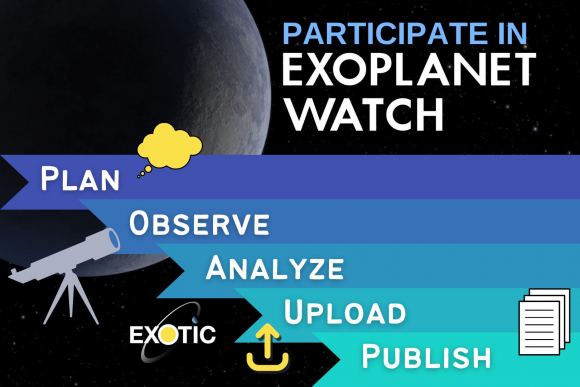
The Exoplanet Watch project involves users turning images of planetary transits into lightcurves, which involves the most widely-used and effective method of exoplanet detection to date. This is known as Transit Photometry (aka. the Transit Method), where periodic dips in a star’s brightness are attributed to planets passing in front of it (transiting) relative to the observer. This method is effective for exoplanet detection and constraining their sizes and orbital periods (which helps astronomers determine potential habitability). Credit: NASA/JPL-Caltech
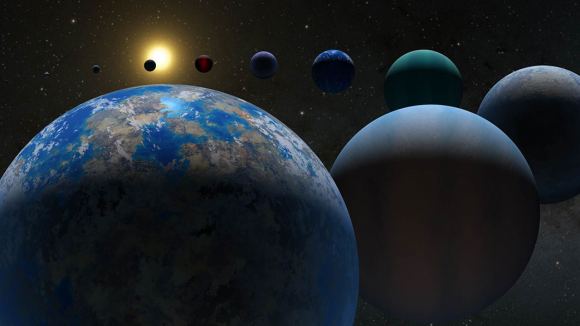
An illustration of the variations among the more than 5,000 known exoplanets discovered since the 1990s. Credit: NASA/JPL-Caltech